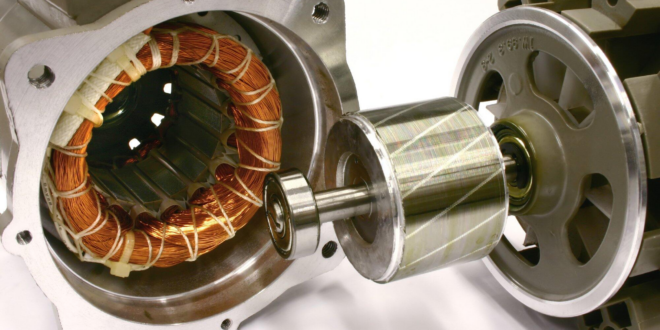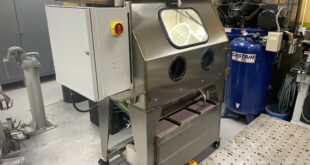Electricity silently infiltrates our daily lives, often unnoticed yet fundamentally crucial, much like the air we breathe. The real marvel, however, isn’t just in its presence but in the transformative technology behind it: the direct current to alternating current converter.
This ingenious device is the unsung hero of our modern era. It powers everything from the tiniest gadgets to the largest machines with a seamless energy transition.
Imagine a world where the flow of power is not just a one-way street but a dynamic highway, capable of changing directions as needed. This is the realm of converters, where the magic of turning solar rays into household light or charging electric vehicles for tomorrow’s journey happens.
Dive deep into the converter’s world and uncover the technology that keeps our modern world running smoothly.
Unveiling the Magic: DC to AC Conversion
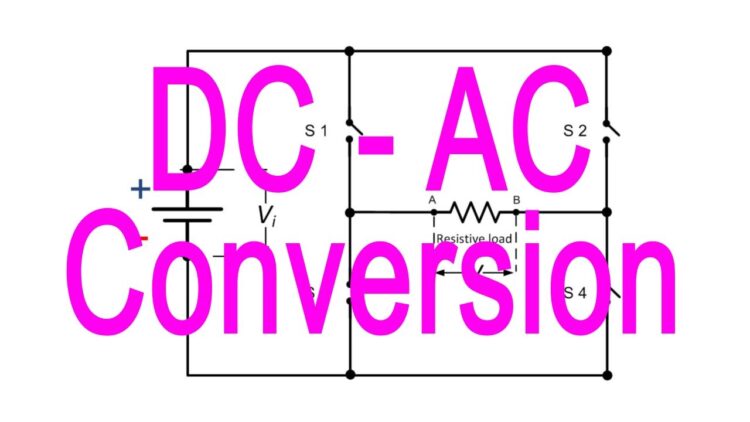
At its core, this technology revolves around two key players: DC (direct current) and AC (alternating current).
DC power is like a straight arrow, flying directly at its target. AC power, in contrast, is the rhythm of the dance, moving back and forth in a lively beat. The converter bridges these two worlds, transforming DC into AC with ease and efficiency.
Think of it as a chameleon, changing its colors to blend in. The converter adapts the flow of electricity to suit our needs, whether for home appliances or industrial machines.
It’s a smart gateway, ensuring that energy arrives in the perfect form, ready for action. This bridge between DC and AC is what powers our lives, making sure we have the energy we need when we need it.
Solar Power and EV Charging
Dive into the world of solar power. Here, sunlight is captured and turned into DC power by solar panels. But for lighting our homes or running appliances, we need AC power.
That’s where our superhero, the converter, jumps in. It transforms the DC power from the sun into AC power, keeping our lives bright and our gadgets running without a hitch.
Now, let’s talk about electric vehicles (EVs). These green machines store energy as DC power in their batteries.
But the power from charging stations comes as AC. No problem! The converter steps up again, changing the AC power into DC, making sure the EV’s battery gets the juice it needs. This smooth conversion is key to driving us into a cleaner, greener future.
The High-Accuracy Current Transducer
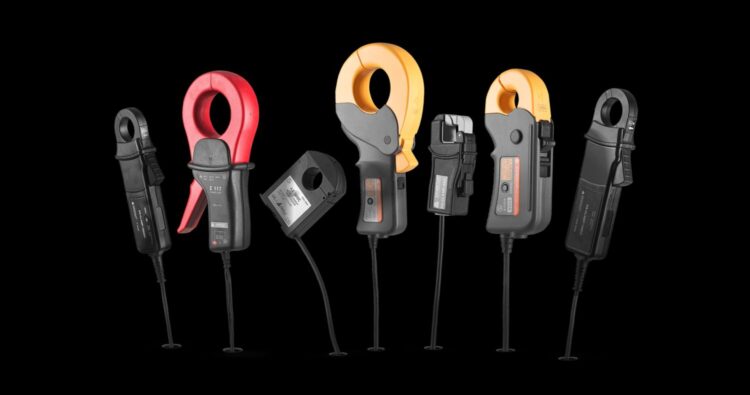
When it comes to converting power, accuracy is everything. A high-accuracy current transducer is the hero in the shadows here.
It measures the flow of electricity with pinpoint precision, ensuring that the switch from DC to AC is both efficient and safe. This careful monitoring helps prevent power loss and keeps our devices safe from harm due to incorrect power supply.
Picture a tightrope walker, maintaining a perfect balance with each step. The high-accuracy current transducer does something similar for power conversion, ensuring a steady and balanced flow of electricity. This precision is vital for everything from keeping the lights on in our homes to ensuring large machinery operates smoothly and safely.
The Invisible Force: Magnetic Flux
Magnetic flux might seem like a concept straight out of a science fiction novel, but it’s a real-world phenomenon playing a crucial role in power conversion. It’s the unseen force that guides electricity through the converter, helping to switch DC to AC power efficiently. Picture an invisible hand, gently but firmly guiding the flow of energy to its destination.
This magnetic field is key to the converter’s ability to change the type of current, ensuring that power is not just transferred but transformed. It works silently behind the scenes, like a conductor leading an orchestra, making sure every note of electricity hits the right spot.
The Role of Converters in Modern Energy Systems
Converters are vital in making our energy systems more efficient and adaptable. They allow us to harness energy from renewable sources like the sun and wind.
These sources naturally produce DC power, and convert it into AC power, the form most used in our homes and industries. This flexibility is crucial for integrating renewable energy into our existing infrastructure, making green power more accessible and reliable.
Consider a world where every rooftop solar panel directly powers the home below, and every wind turbine contributes seamlessly to the grid. Converters make this possible, acting as the linchpin in our transition to renewable energy.
By optimizing the flow of power, they reduce waste and increase the efficiency of our energy use.
Converters and the Evolution of Technology
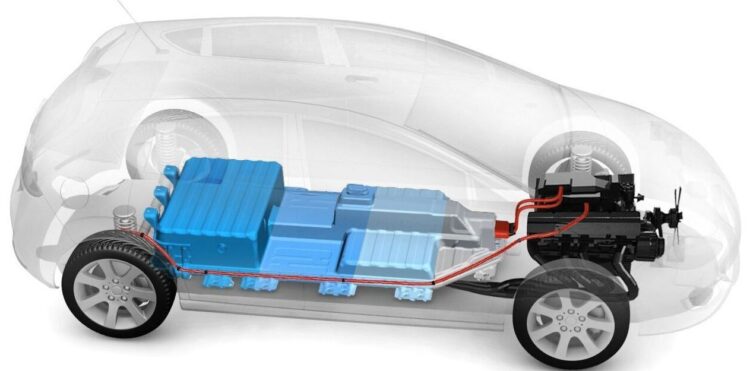
As technology evolves, so too does the need for more sophisticated power conversion. The direct current to alternating current converter is at the heart of this evolution, enabling new gadgets and systems to work more efficiently and reliably. From ultra-fast charging stations for electric vehicles to advanced power systems in space exploration, converters are enabling the next generation of technological advancements.
These devices do more than just convert power. They empower innovation. By providing a reliable source of AC power from various DC sources, converters are helping to push the boundaries of what’s possible.
Whether it’s in the realm of transportation, communication, or beyond, the role of converters in powering innovation is undeniable.
Converters and the Global Energy Transition
The global energy transition marks a shift from fossil fuels to renewable sources to combat climate change. In this shift, direct current to alternating current converters plays a crucial role.
It enables renewable energy integration into the power grid. These converters make solar and wind energy usable and enhance electric vehicle charging efficiency. They significantly reduce our carbon footprint.
So converters are gateways to a cleaner world, making renewable energy more practical and storage more efficient. They ensure that solar and wind power can reliably supply homes and businesses.
Powering Forward With Direct Current to Alternating Current Converter Technology
The journey from direct current to alternating current is a tale of transformation. It’s a story of how technology can bridge worlds, turning the sun’s rays or a battery’s charge into the power that fuels our lives. The direct current to alternating current converter is more than just a piece of technology; it’s the heartbeat of a sustainable future.
For interesting articles, browse through this website.
 Hi Boox Popular Magazine 2024
Hi Boox Popular Magazine 2024
